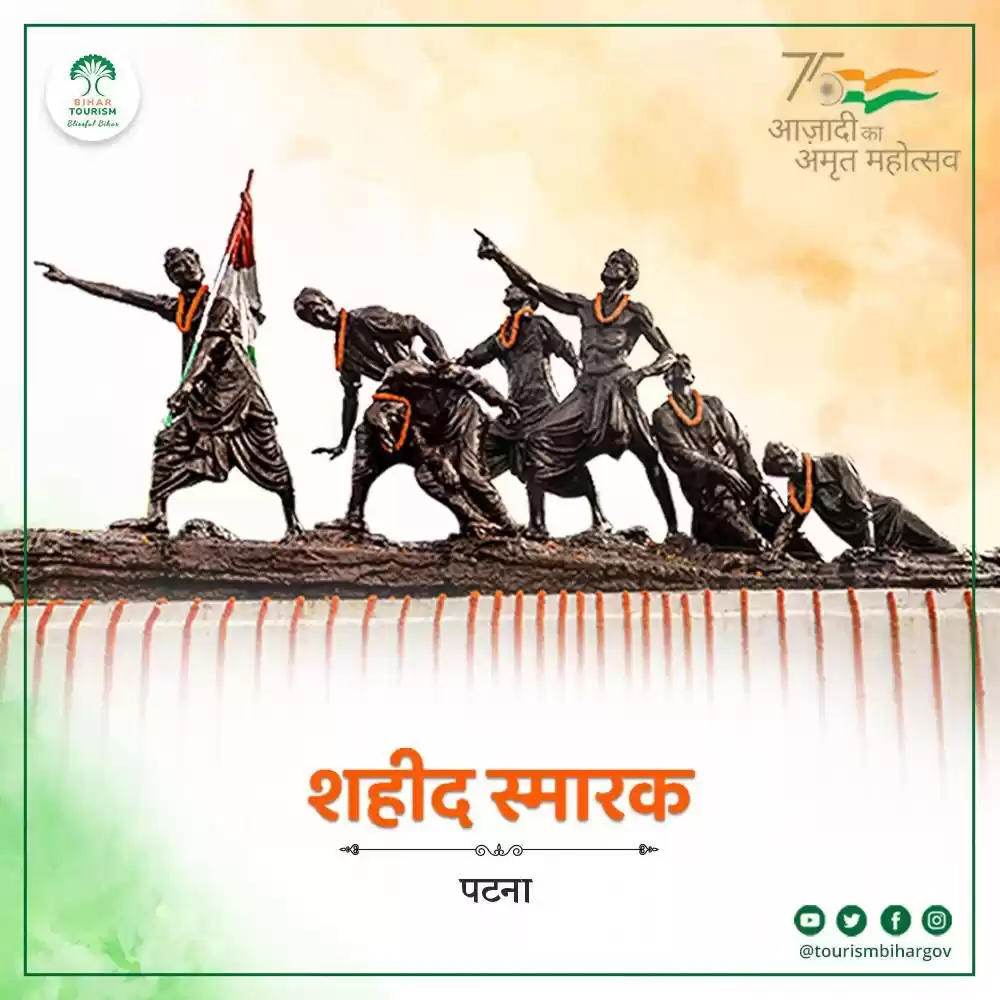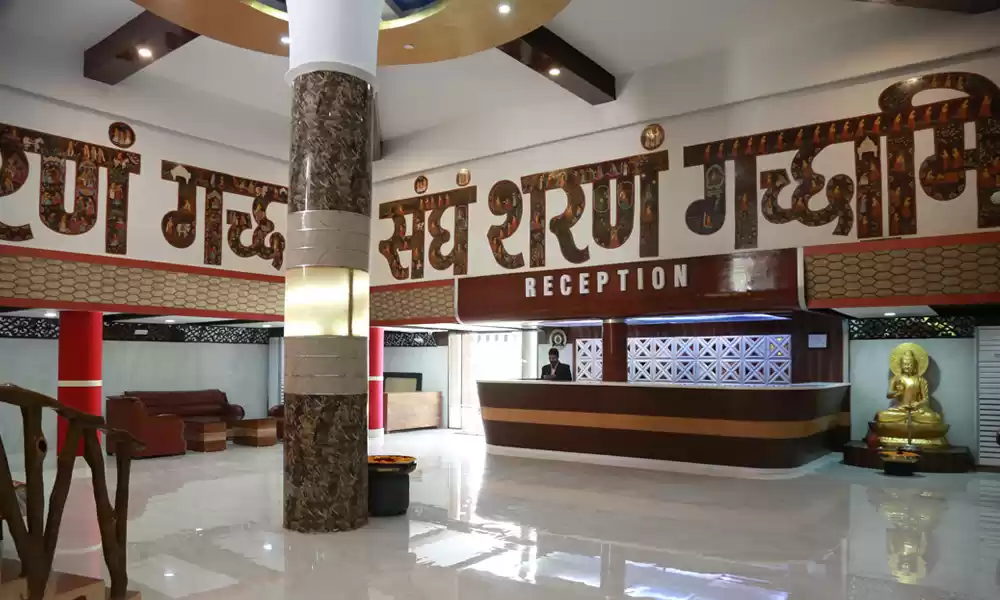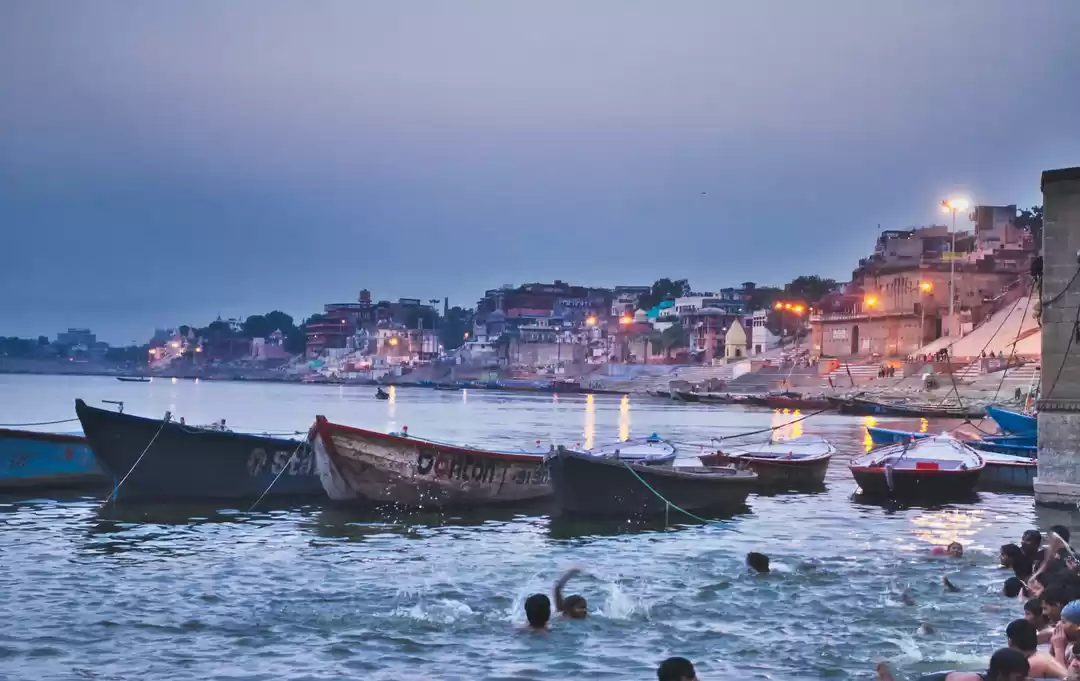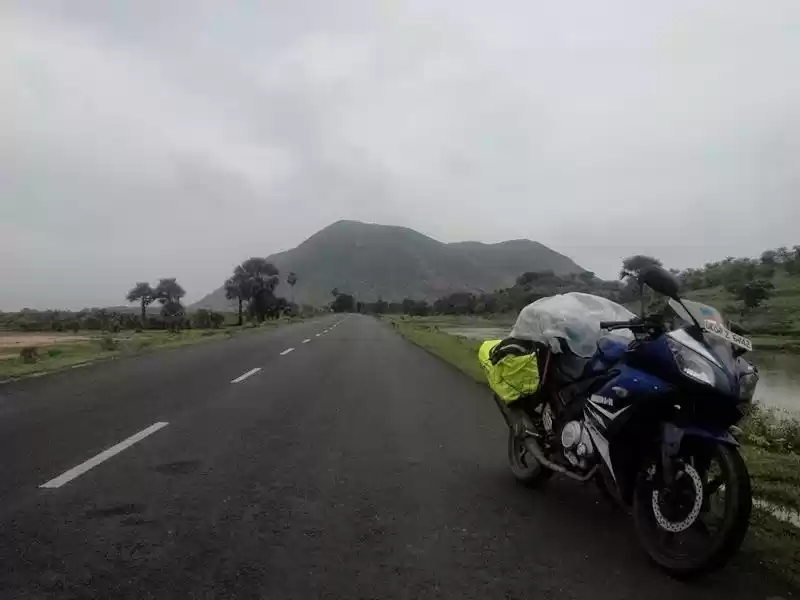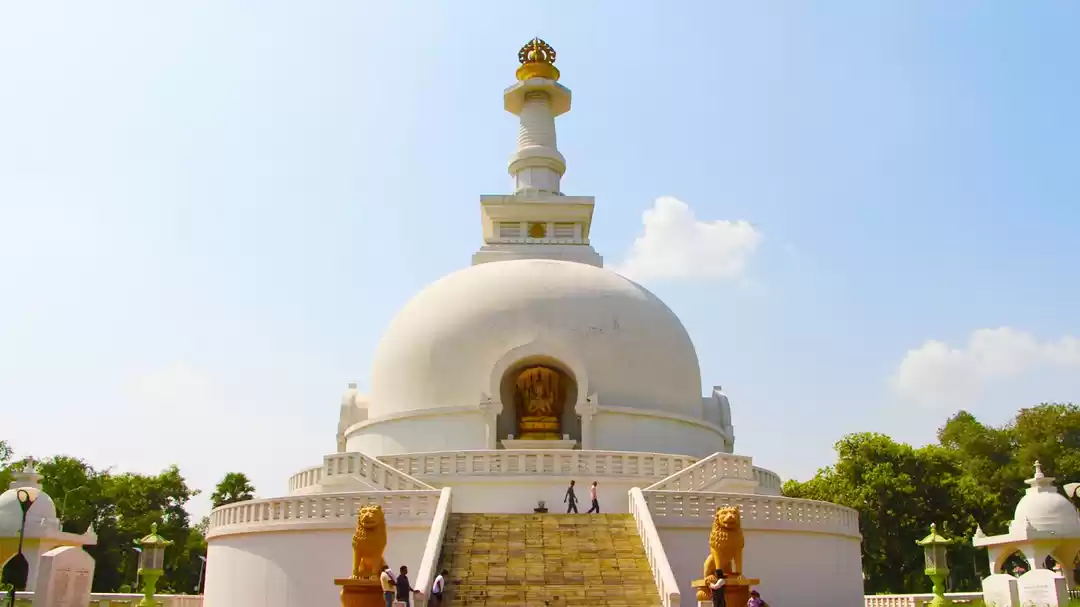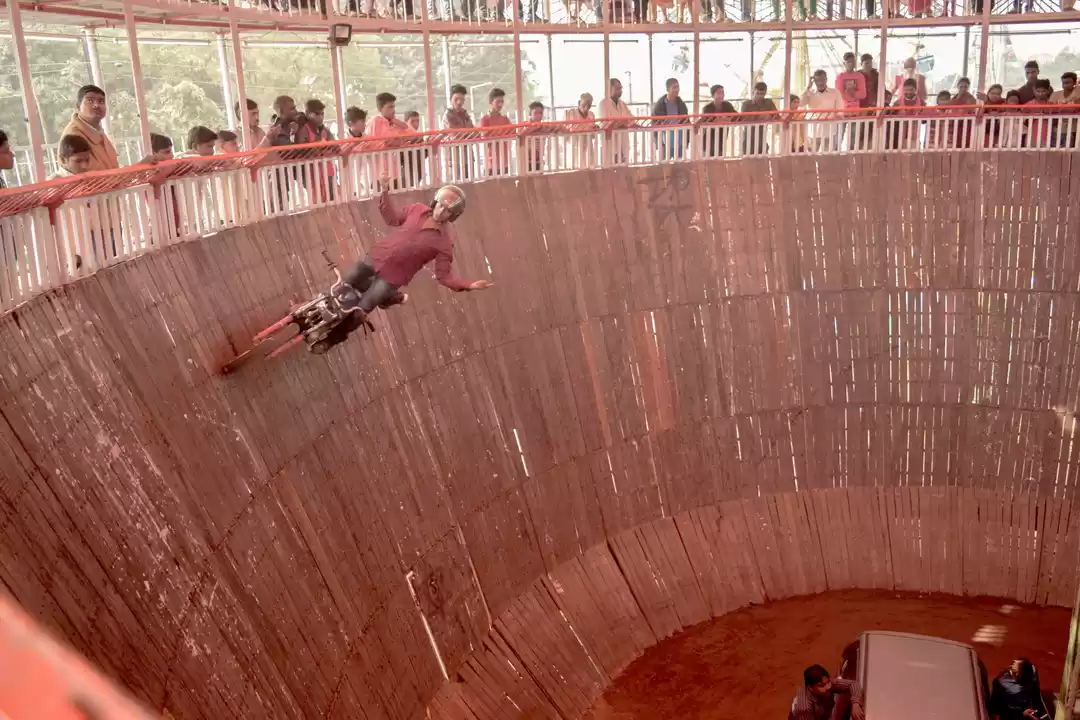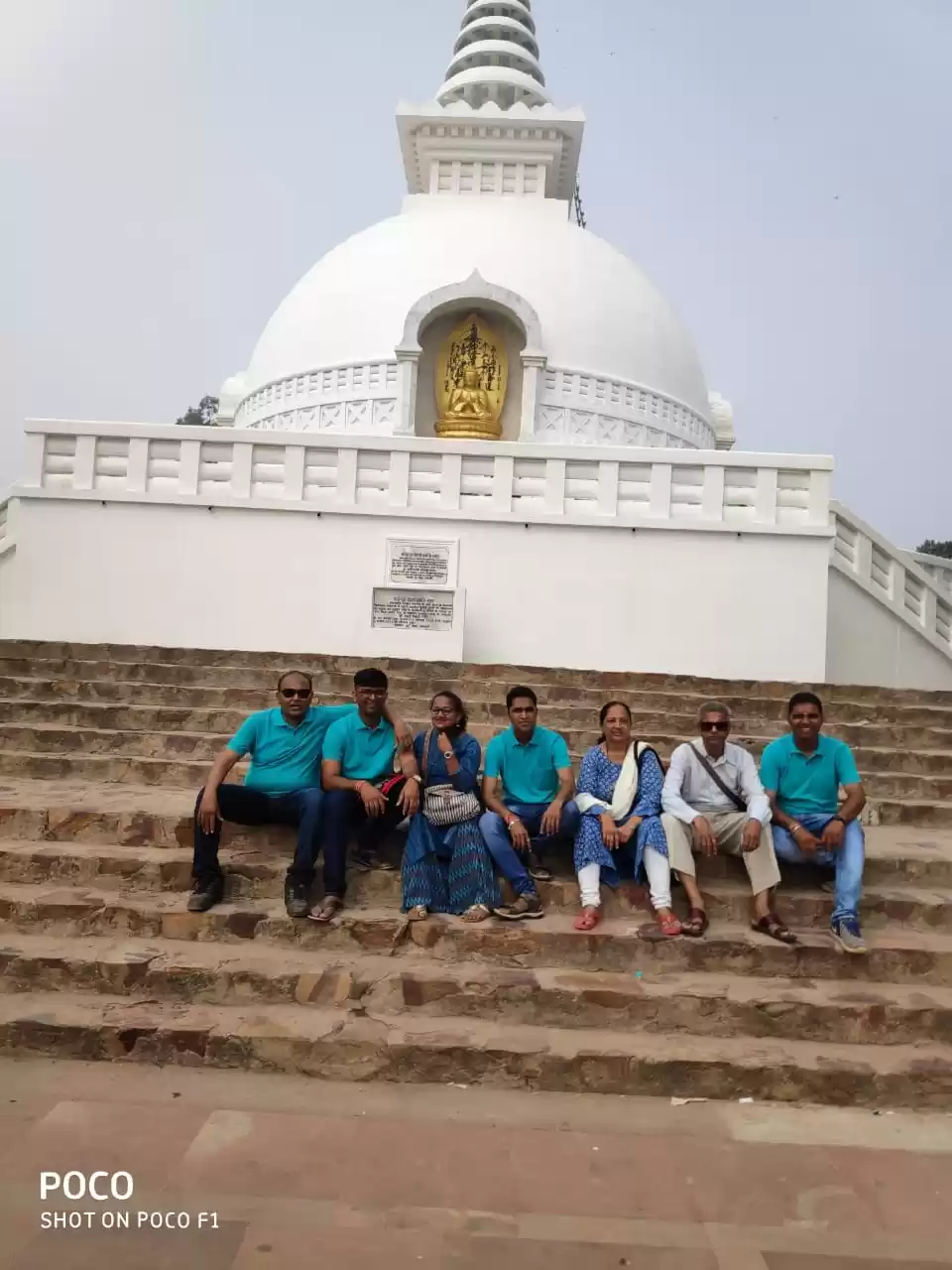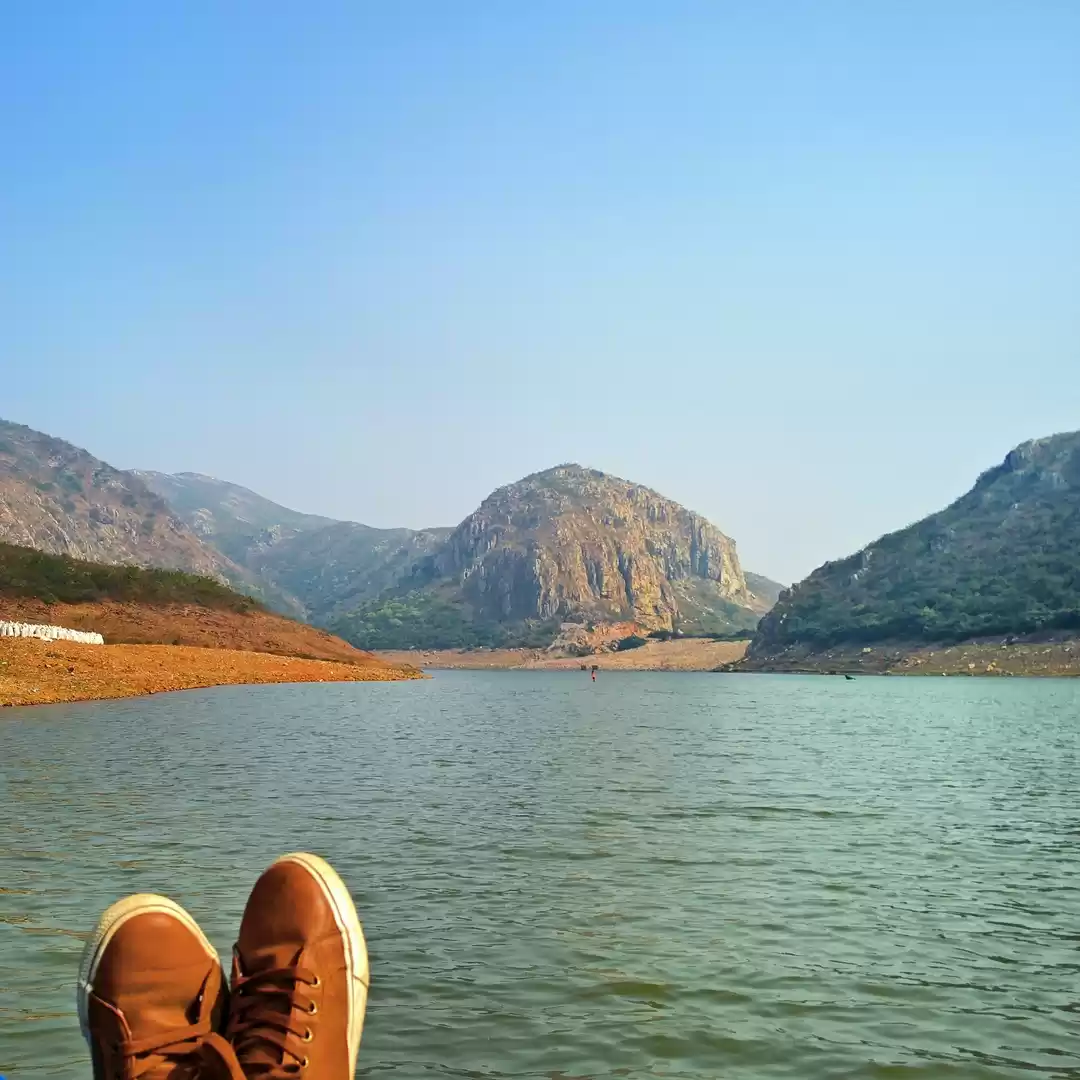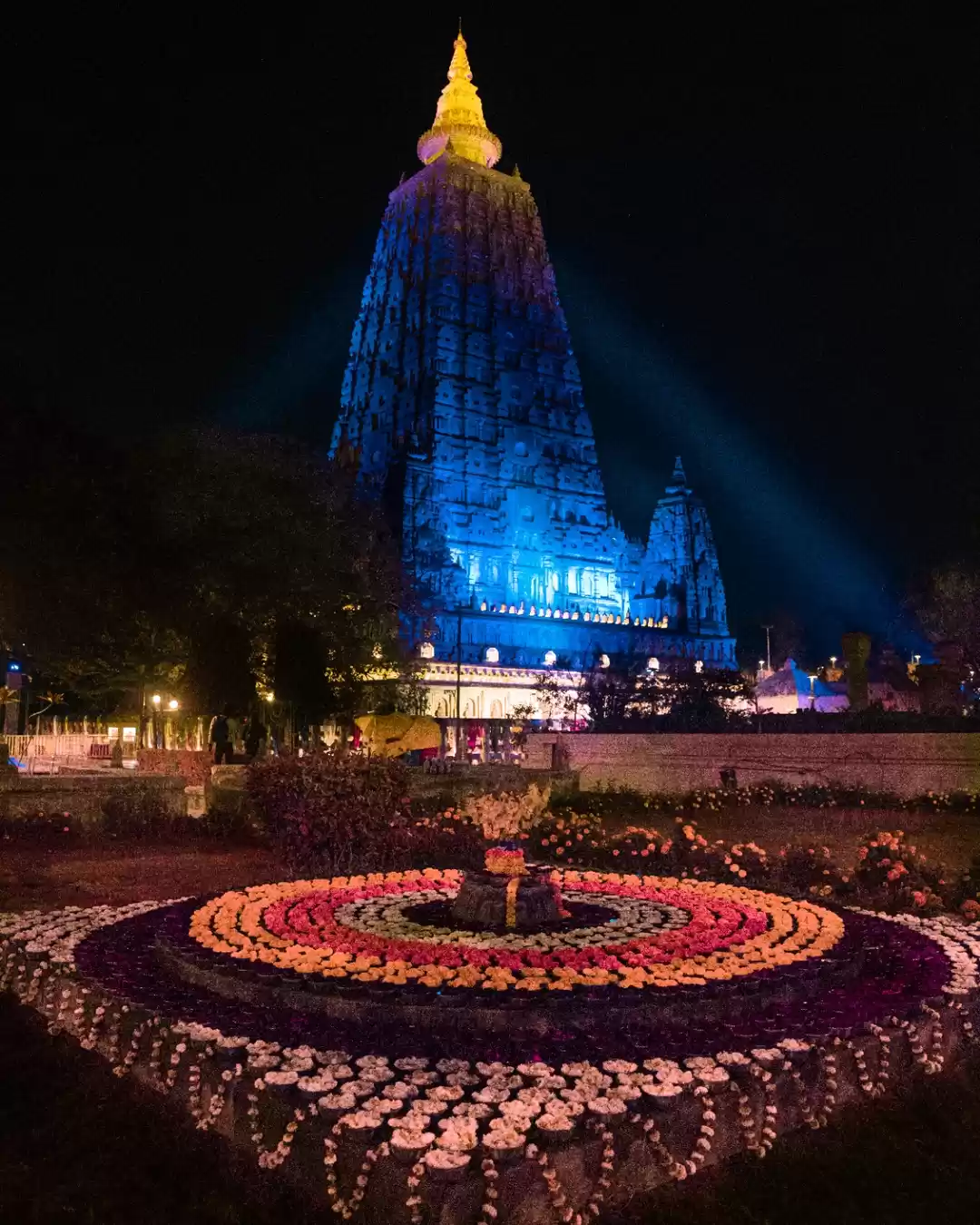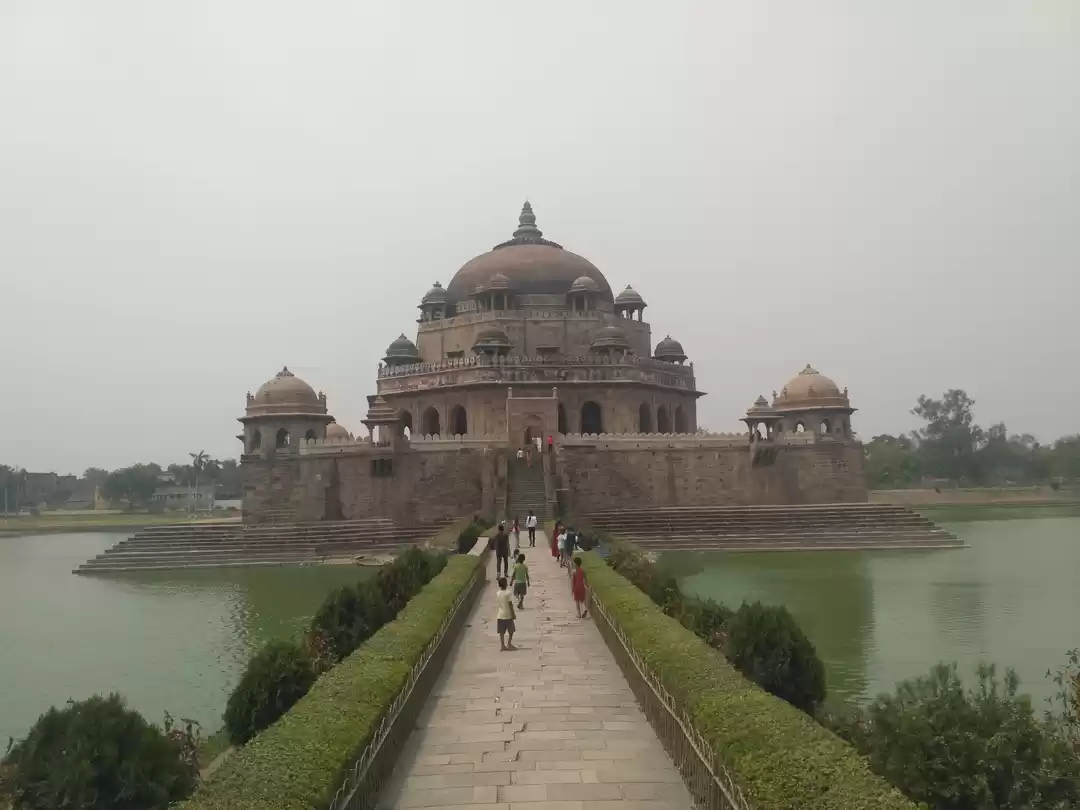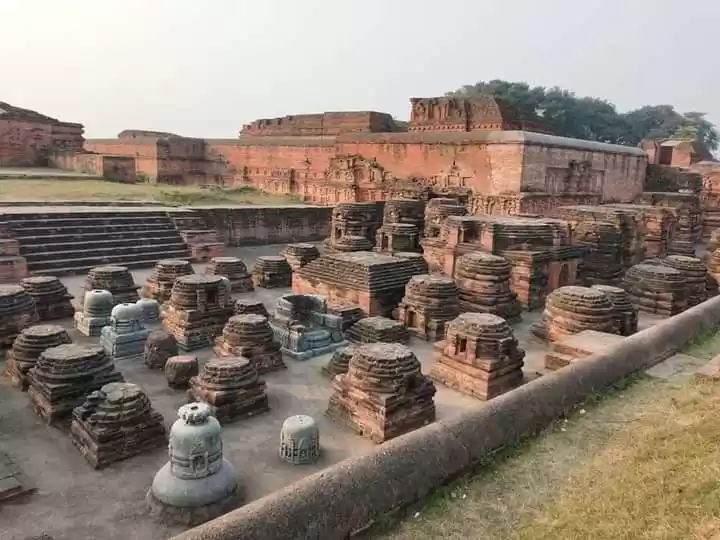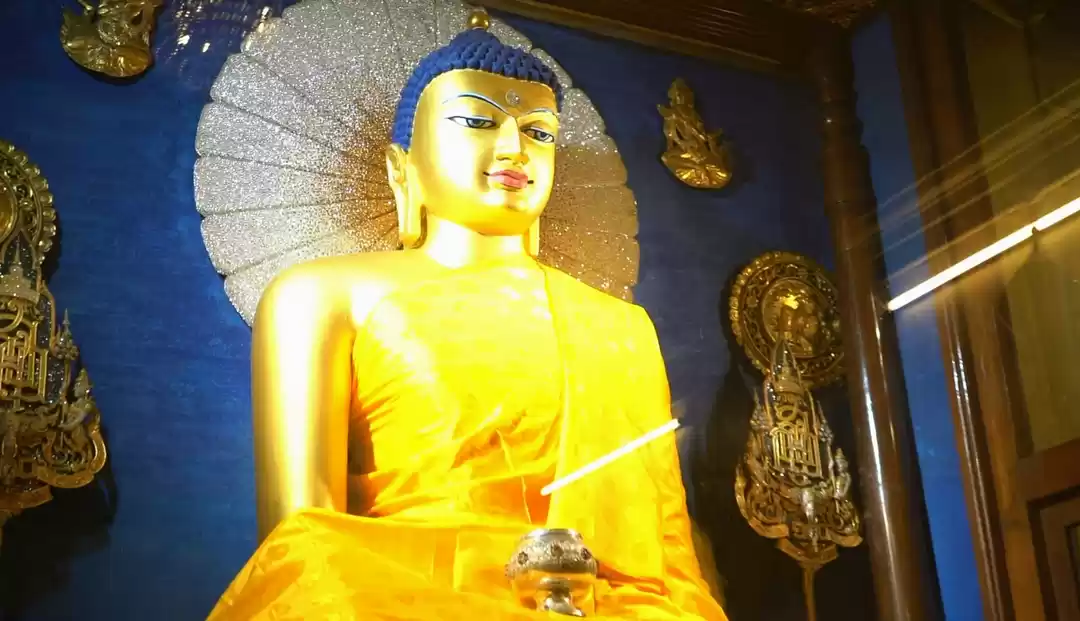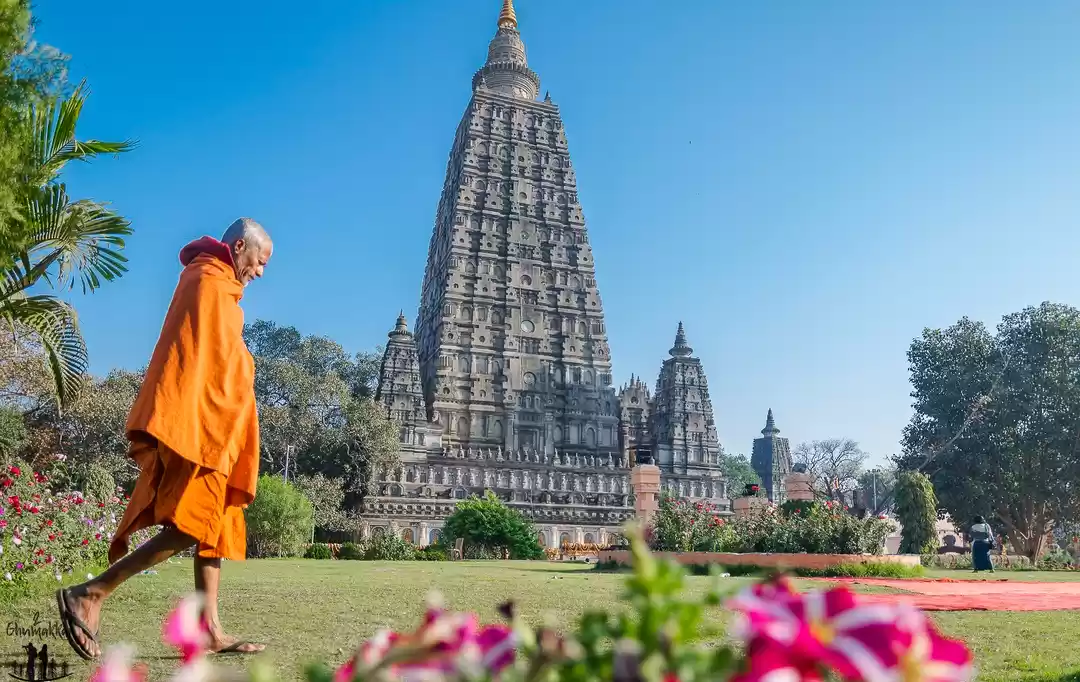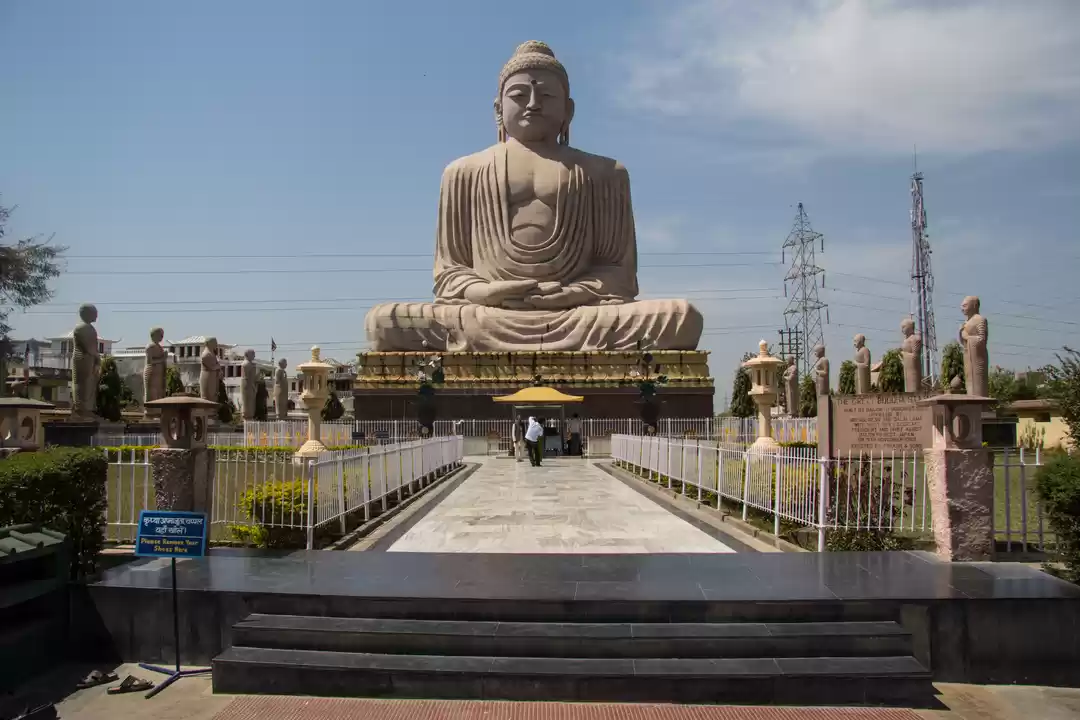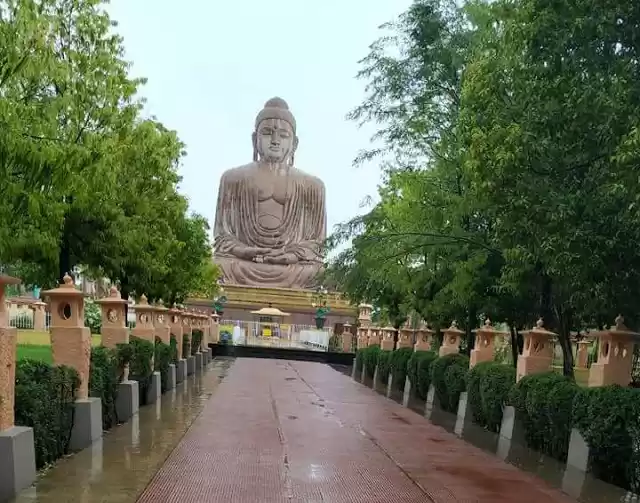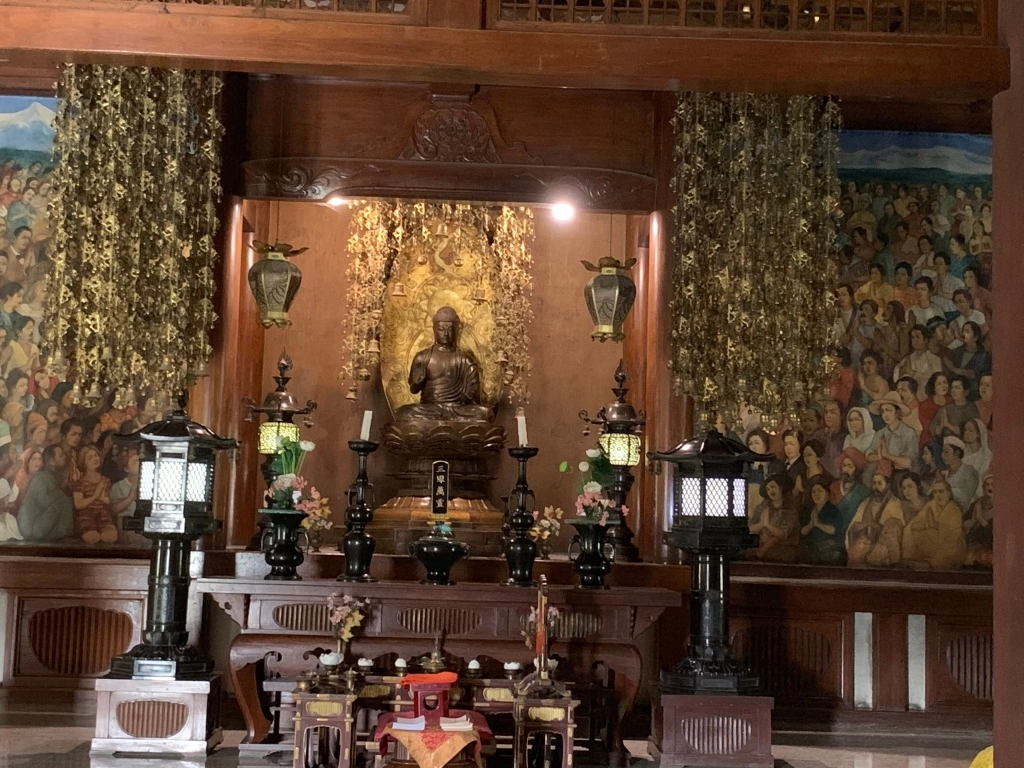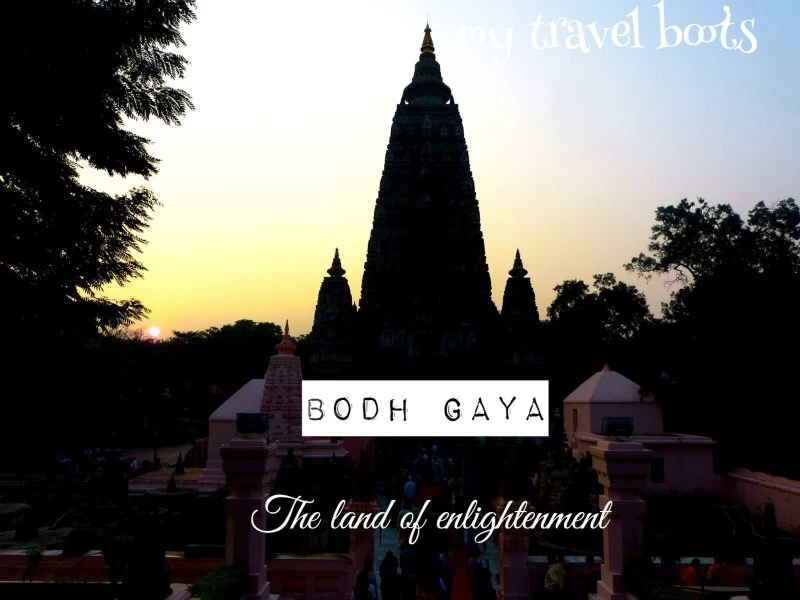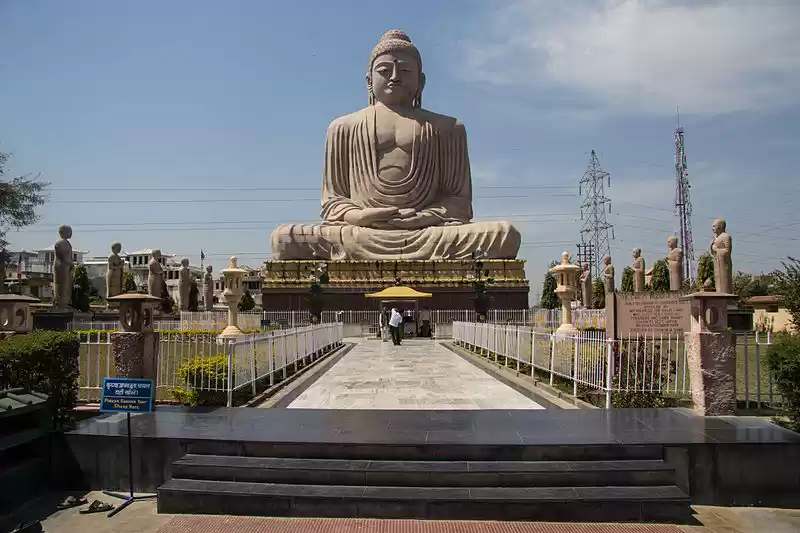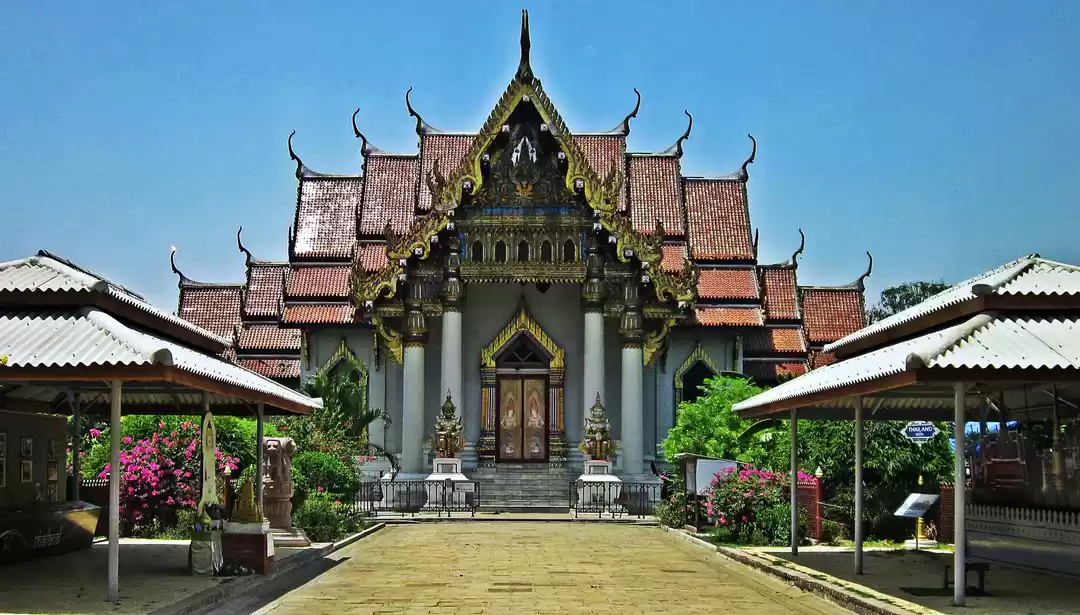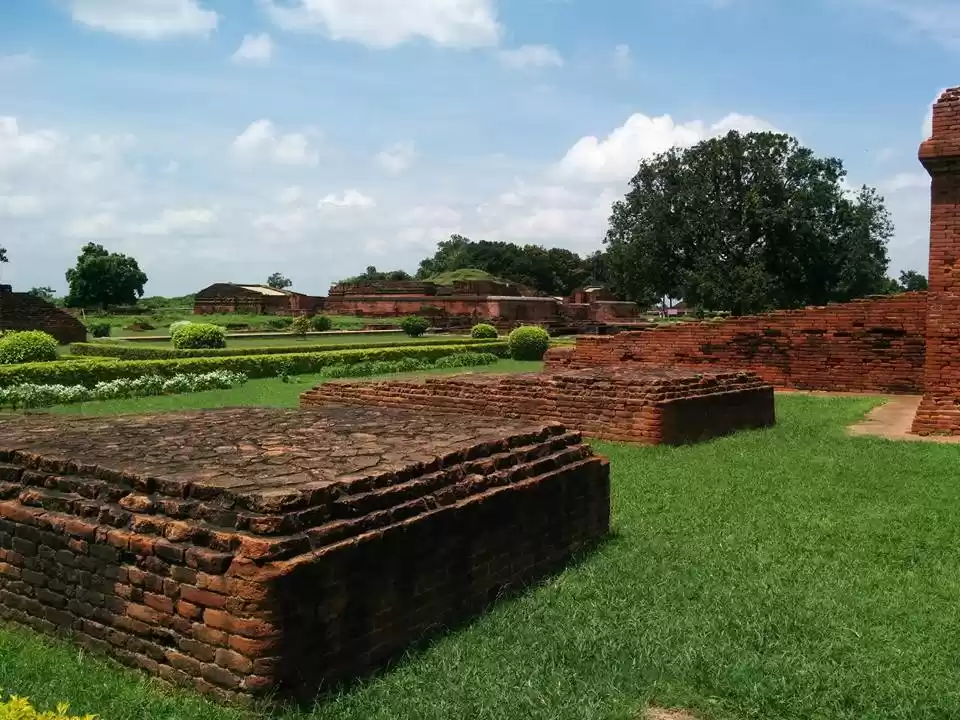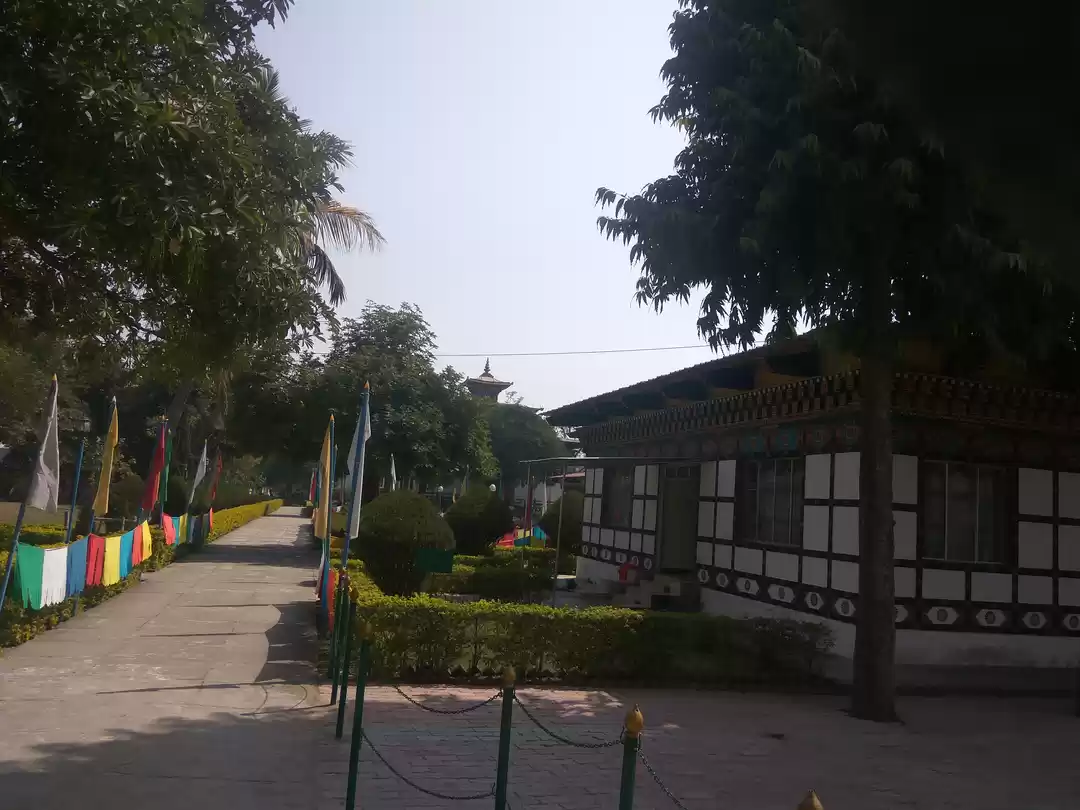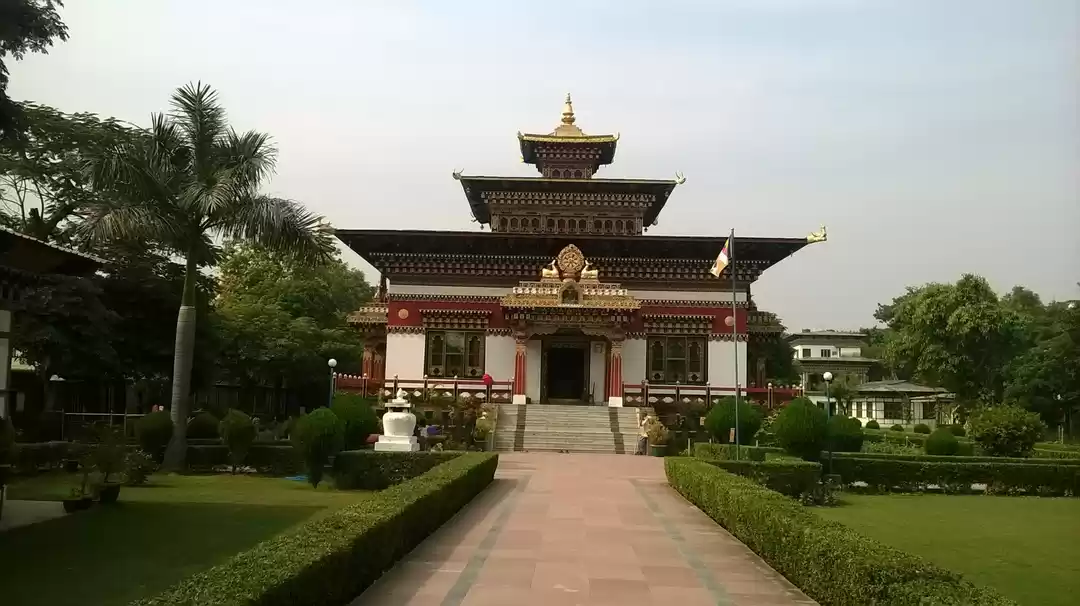
Buddhism, as a spiritual pursuit, has influenced me for sometime now. Though I haven't got the chance to pursue the real tenets of Buddhism, but I still feel drawn towards it. The Vajrayana school of Buddhism, with its mantras, mandalas and deities - has proliferated in Tibet and thereafter in Ladakh, Himachal Pradesh, Sikkim, Bhutan and other reaches of the Himalayas. I feel mostly drawn to this manifestation of the Buddhist philosophy.
So, while I have been to McLeodganj, the seat of His Holiness The Dalai Lama, and soaked in the feel of Tibet in India; however for any Buddhaphile, being able to visit the key places associated with the life of the Sakyamuni, holds special significance.
I was fortunate to be able to visit a few places on the trail in 2014 (yeah this is a late post), thanks to my Didi and Jiju, who were based in Patna then. Bihar, this name elicits a very different picture for the majority of us Indians. A lot of these not so favorable preconceived notions (atleast for me), we broken when I visited the state for myself. "Bihar", the name itself is derived from the word "Vihara" - Sanskrit for abode, perhaps referring to the various Buddhist Viharas - abode to the Bikshus and monks. Bihar is the place which saw Siddharth Gautam become Buddha. The Magadha empire, possibly the largest empire of ancient India - put together by the mighty Ashok, was centered around Bihar; Pataliputra (current day Patna) being its capital. Bihar can also be considered the place where modern day economics and polity was created, by Chanakya, the famous guru and prime minister of Emperor Chandragupta Maurya. Its fairly unfortunate that a place having such a glorious past is not on top of the consideration list of an Indian, who wants to know his country. Well, moving on from my newly developed love for this hinterland, let me trace the footsteps of the Buddha - that took me from Bodhgaya (where He attained enlightenment) to Vaishali (where He delivered his last sermon before his mahaparinirvana) to Nalanda (though not directly linked to the Buddha, this was the greatest university of ancient India)
BODH GAYA
We first travelled from Patna to Nalanda (described later) and then on to Bodh Gaya. The roads in Bihar are exceptionally good, such that a 150 km journey from Patna to Nalanda and then on to BodhGaya didnt leave us too exhausted.
The approach to the town is like any other tourist destination in the country, lined with hotels and guesthouses and other touristy paraphernalia. However as we proceeded further inside the town, closer to the temple, this was replaced with Buddhist Monasteries of various South Asian countries - Thailand, Cambodia, Vietnam, Burma, Bangladesh, SriLanka and even far off Japan. Each monastery was built in its typical architectural style, as if a miniature of the country had relocated to India. Further down the MahaBodhi temple resplendent in the light of the halogen lamps towered above it all. The shining golden Shikhara of the temple was a beacon inviting everyone to bow their heads in prayer.
As soon as I walked past the crowds and entered the precincts of the temple, a surreal calm engulfed me. Though I was super excited at finally arriving at the temple and exploring all its corner, I just felt as though I was rooted at one spot, from where I had to gaze unblinkingly at the sight. Difficult for me to describe that feeling in words.
The most important place for all Buddhists, the beginning of Mahabodhi temple can be traced to Emperor Ashok, who built the diamond throne at the spot where the Buddha attained enlightenment. The present temple was build in the 6th Century AD, and has undergone several renovations ever since. A walk around the precincts is a treasure trove for any history lover.
The MahaBodhi temple is thronged by visitors, local and international tourists, monks and bhikshus, and the faithful from across India and several other Buddhist nations. Despite all of them speaking different languages, having different customs, varied prayer rituals, there is a perfect unison in their worship. There is a certain order that the devout, subconsciously, follow in the temple premises. There is no queueing for hours, no jostling around or edging other people out, no pestering by 'pandas' to hire their services (like other Hindu religious sites). The devout just bow down to the Buddha seated in the Bhumisparsh mudra in the main sanctum of the MahaBodhi temple.
The whole temple complex was beautifully lit up with pretty lamps, as a Chinese water festival was happening there at the time.
Early next morning, I woke up, and headed for a more detailed visit of the Mahabodhi temple complex. Other than the Mahabodhi temple, there are seven spots linked with a week post the Buddha's enlightenment that are spread out in the temple complex.
The most important of this is the Bodhi Tree. It was under this very tree that the Siddhartha Gautam was meditating when he attained the light, and became The Buddha. The tree, and the golden seat (marking His seat) is now ensconced in a glass enclosure, with a window through which the seat can be seen. Devout Buddhists are seen meditating at all times outside this enclosure, as if the Lord is seated there himself and they all turn to him in utmost devotion.In the second week after the enlightenment, Buddha is said to have stood at a spot very close by, gazing uninterruptedly at the Bodhi Tree. The Animesh Lochan Chaitya marks this place today.

In the third week, Buddha is said to have walked between the Animesh Lochan Chaitya and the Bodhi Tree. According to legend, lotus flowers are said to have sprung up along this path. This path is called the Ratnachakarma or the Jewel Walk. The lotuses are replaced by stone flowers today.

Lord Buddha is said to have spent the fourth week near the Ratnagar Chaitya, located on the north east side of the temple complex. During the fifth week, Lord Buddha responded to the queries and debated with the Brahmins of the area, under the Ajapala Nigodh tree. The tree no longer stands, but this spot is marked by a stone pillar.

Lord Buddha spent the sixth week next to a lotus pond, Muchalinda Sarovar, currently an enclosed water tank. This water tank today has a statue of the Buddha seated under the shade of a hooded cobra.

The Lord spent the seventh week under the Rajyatna tree.
A walk around the temple complex gave me a sneak peek into the Buddhist religion that is practised so differently in the various parts of the world. Cambodian and Vietnamese monks differ in their attire from the Chinese monks, who are again different from the Korean monks. Sinhalese devotees and Maharashtrian Buddhists are visibly distinct. However, the common thread linking them all is the faith in the teachings of that One. I too had my share of the moment, when I sat down adjacent to some Cambodian monks, and just closed my eyes to be engulfed with the peace and tranquillity that the place itself bestowed. A magical experience indeed.
The female form is also represented at the Mahabodhi temple. The statue of Green Tara on the side wall of the temple - representing the female Bodhisattva as per Mahayana school of Buddhism, is revered by the nuns. A Korean nun is blessing Boishali as she bows down to Tara.

Walking out of the temple complex, you come to these stalls of Tibetan / Nepalese artefacts - mostly from the Vajrayana school. I got my long cherished statue of Manjushree from these sellers.
The next spot most recommended to visit in Bodh Gaya is the 80ft statue of the Buddha. This statue was built and gifted by the Japanese to the people of India. Buddha's 12 disciples, including his son Rahul, stand around the mammoth statue seated in a meditative pose.
The monasteries around the Mahabodhi temple are other definite spots to visit when in town. Of these, the most lavish is the Thai monastery. Quite akin to the Wats of Bangkok, this is a little bit of Thailand in the heartland of India. I didn't have time to visit the other monasteries, though I would have loved to visit the Bhutanese one at least. But I guess some things are good to be kept for later.
A visit to BodhGaya is a must for any Buddhaphile, as much as it is for any Indian who values history and culture. This being the birthplace of one of the oldest religious faiths of the world..
Leaving BodhGaya, I was a much more peaceful person, having realized a long cherished dream..





